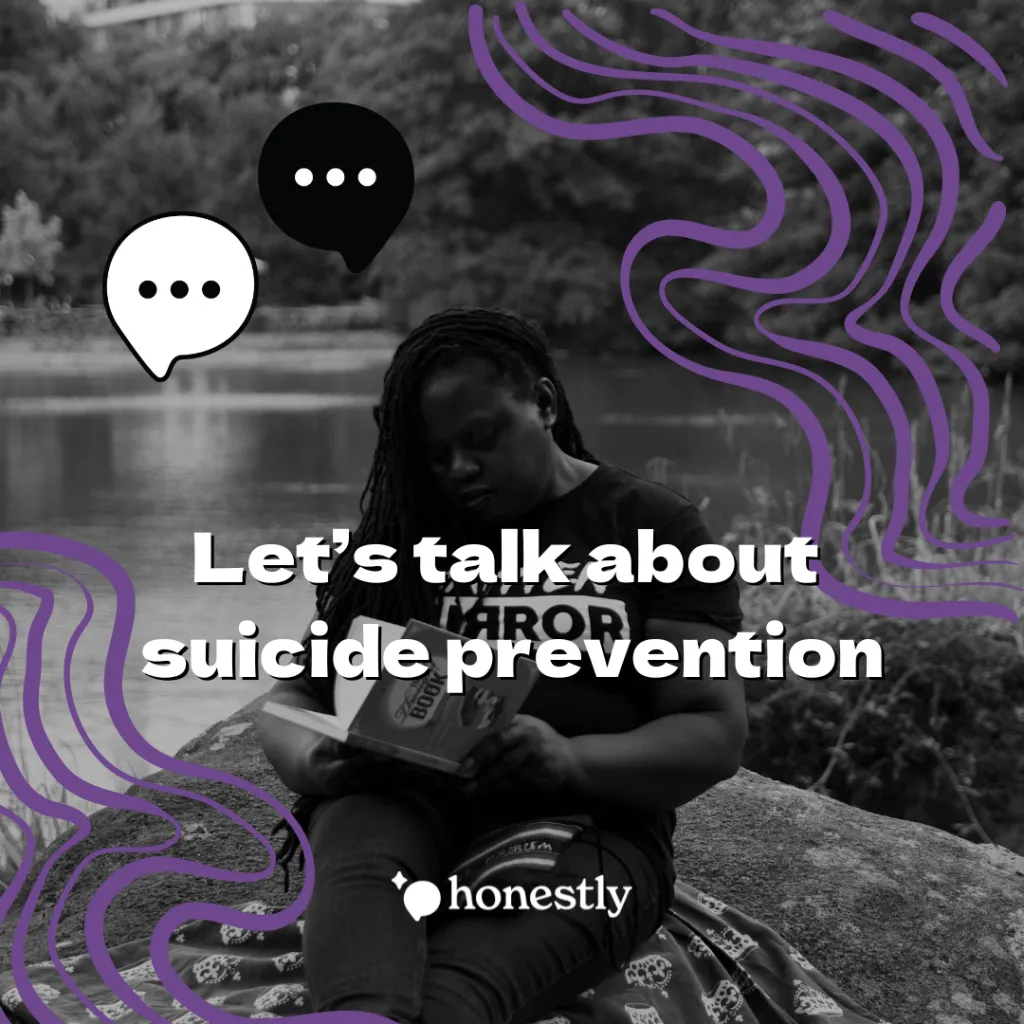While we may focus primarily on youth sexual health, we cannot ignore the fact that suicide is the second leading cause of death among young people. September is suicide prevention month, and we know that quality sexual health education can make an impact on suicide attempts. Here’s how…
Inclusive sexual health education can decrease stigmatization of LGBTQ+ students
The mistreatment faced by LGTBTQ+ youth often led to severe mental and emotional crises. According to the Trevor Project, young LGBTQ+ people who are bullied are three times more likely to attempt suicide.
Sexual health education provides young people with educational exposure to various examples of relationships and romantic situations, which can and should include examples of LGBTQ+ relationships. When these examples are provided in class, it allows young people to see that healthy decision-making is important no matter what genders or sexual orientations are present in the situation. It also normalizes gender-diverse relationships, so young people who do identify with these romantic feelings can see themselves represented.
Ultimately, a welcoming and inclusive school environment increases positive outcomes for any and all youth, including those that may come from different socio-economic backgrounds, those who grew up in different cultures, or those with different sexual and gender identities.
Sexual health education programs are often centered on thinking about the future
Evidenced-based programs, which are the main sexual health programs funded by the Office of Population Affairs, almost always have a component of planning for the future in their curriculum. This planning for the future is designed to impact pregnancy prevention and STI prevention, as planning for a future that does not include those situations requires some precautions to be taken today. But these goal setting activities also empower young people to think about their future in general.
“As a previous educator, I can confidently say that when goal-setting activities are done in the classroom it is often the first time some of these young people are being asked to think about their future. These activities show young people that their future dreams are possible, and they can feel empowered to accomplish whatever it takes to succeed in life.” – Lilly Bocquin
Social and emotional learning is the backbone of successful sexual health education programs
Social and emotional learning can improve a young person’s life in more ways than one. Programs with social and emotional learning at the core help to develop a young person’s self-awareness and social awareness, while also teaching them responsible decision-making. This education offers emotional stability and reduced stress, both of which can improve a young person’s mental health.
While there may be various opinions on where young people should learn these skills, or what the primary use of time should be in the classroom, these skills do benefit adolescents. Providing instructions on both intrapersonal and interpersonal skill building can not only impact how someone feels about themselves, but it can also impact their ability to connect with a community – which can impact suicide attempts.
Sexual health education can make a difference in young people and their mental health, but it is only one small piece of the puzzle to improving the youth experience.

